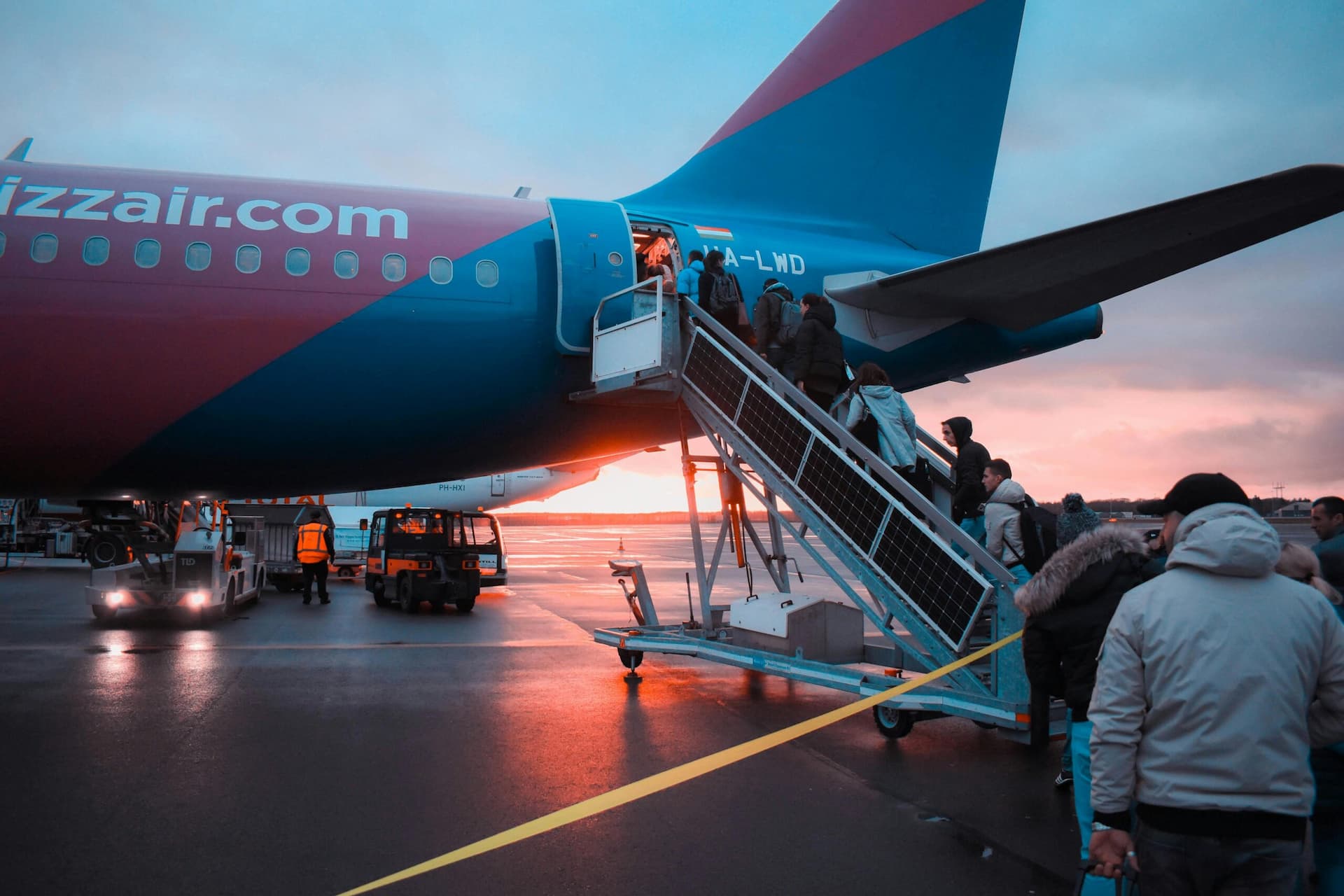
How to Immigrate to Australia: What You Need To Know In 2025
Planning to immigrate to Australia in 2025 with a job offer? Or are you wondering if you can immigrate to Australia without a job offer?
Well, you can immigrate to Australia via multiple ways. So, whether you’re looking for migration based on your skills, family sponsorship, or global talent recognition, here’s all you need to know about
Why Australia Still Captivates Global Migrants
When it comes to Australia, it ranks high on the immigration radar for more than one reason. For starters, Australia offers a stable economy despite rising political and economic uncertainty across the globe. The country also provides excellent public services and a welcoming social environment.
For skilled professionals, the benefits of immigration to Australia include world-class healthcare (Medicare), free schooling for children, strong job markets across sectors, and the opportunity to secure permanent residency.
Getting a permanent residency in Australia is often faster than in many other Western nations.
Australia Immigration Policy in 2025: What’s Changed
2025 has been a year of changing immigration policies across the world. For Australia, here are the headline updates:
New Visa Rules from July 1
- Introduction of a single-stage partner visa process.
- A rise in income thresholds for skilled visas by 4.6%.
- An increase in hiked student visa fees by 25% to A$2,000, and tightened character, health, and sponsor checks.
Skilled Migration Reforms
- Australia has increased the skilled visa quota to 142,400 places.
- The traditional SOL (Skilled Occupation List) has been replaced by a more dynamic Occupation Shortage List (OSL), which is updated quarterly and customized per state.
- At the same time, the bonus points for regional study and work for applying immigrants have been increased from 10 to 15.
- Expanded remote-work allowances with regions like New South Wales introduced early sponsorship programs for innovation visas.
Student Strategy Updated
- Student visa allocations are set to rise from 270,000 in 2025 to 295,000 in 2026.
Ongoing Skilled Migration Emphasis
- The Albanese government has hiked salary thresholds for skilled visas and raised student visa fees as part of a broader balancing act.
Policy Momentum Continues
- With Labor Party holding a strong majority, there’s pressure to push through reforms in housing, productivity, migration, and governance. Skilled migration is central to that push.
4 Strong Pathways to Immigrate to Australia Without a Job Offer
Yes, it’s absolutely possible to immigrate to Australia from USA or anywhere else without a job offer. Here are four key visa categories that offer flexibility:
1. Skilled Independent Visa (Subclass 189)
Skilled independent visa is a points-based visa which doesn’t require sponsorship. It is the best visa type primarily for qualified professionals who want full freedom when it comes to living anywhere in Australia.
2. Skilled Nominated Visa (Subclass 190)
On the contrary, a skilled nominated visa requires nomination by a state or territory. The visa allows permanent residency, even if you don’t have a job offer, and helps you to immigrate to Australia from the USA or any other country.
3. Skilled Work Regional Visa (Subclass 491)
The third type of visa you can apply for is a skilled work regional visa, which can be secured via regional nomination. You can get a PR via a skilled work regional visa, with points for regional study or employment improving your chances.
4. Global Talent or Innovation Visas (Subclass 858 or equivalents)
Last but not least, we have the global talent of innovation visa, which is a fast-track route for high-achievement professionals with skills or experience in sectors like tech, health, or energy. It requires no job offer.
Who’s Leading the Numbers Game? Key 2025 Stats
- 195,000 PR visas are available for 2025.
- Out of this, over 110,000 are for skilled professionals and their families.
- Skilled migration intake rose to 142,400 spots, which is now over 70% of total migration.
Step-By-Step: How to Immigrate to Australia Without Job Offer
1. Identify Your Visa Pathway
The first step is figuring out which visa suits you best. You can apply through:
- The Skilled Independent visa (Subclass 189)
- The Skilled Nominated visa (Subclass 190)
- The Skilled Work Regional visa (Subclass 491)
- The Global Talent visa if you are highly skilled, or family sponsorship if you have close relatives in Australia.
2. Check Eligibility Criteria
You need to check the eligibility criteria before applying for a skilled visa. Most skilled visas require you to:
- Be under 45 years old
- Score at least 65 points based on age, education, experience, and English language ability
- Pass a skills assessment for your occupation
- Meet health and character criteria
3. Maximize Your Points
You can gain bonus points through higher English scores, qualifications, or regional experience. While applying, remember that the updated OSL and regional incentives add value.
4. Submit an Expression of Interest (EOI)
You can use models like SkillSelect to enter the migration pool.
5. Wait for an Invitation (ITA)
If you meet thresholds, you’ll receive an invitation to apply.
6. Submit Your Application
Don’t forget to include important documents like your passport, skills assessment, English test results, health checks, and police clearances.
7. Receive a Decision
Approved applicants get visa grant notices. You’ll receive full work rights, access to Medicare, and education for children.
8. Plan Your Move
Support services like the Adult Migrant English Program and settlement grants help ease your transition.
Final Thoughts
If you’ve been wondering how to immigrate to Australia without a job offer, or how the Australian immigration policy is changing, here’s the bottom line:
Australia is still open for high-skilled migrants, students, and family reunifiers, especially those with a clear strategy and strong eligibility.
Despite tighter controls in some areas, the opportunities remain strong. Take advantage of built-in pathways like skilled migration and global talent routes, stay informed about policy shifts, and your Australian journey can start sooner than you think.
